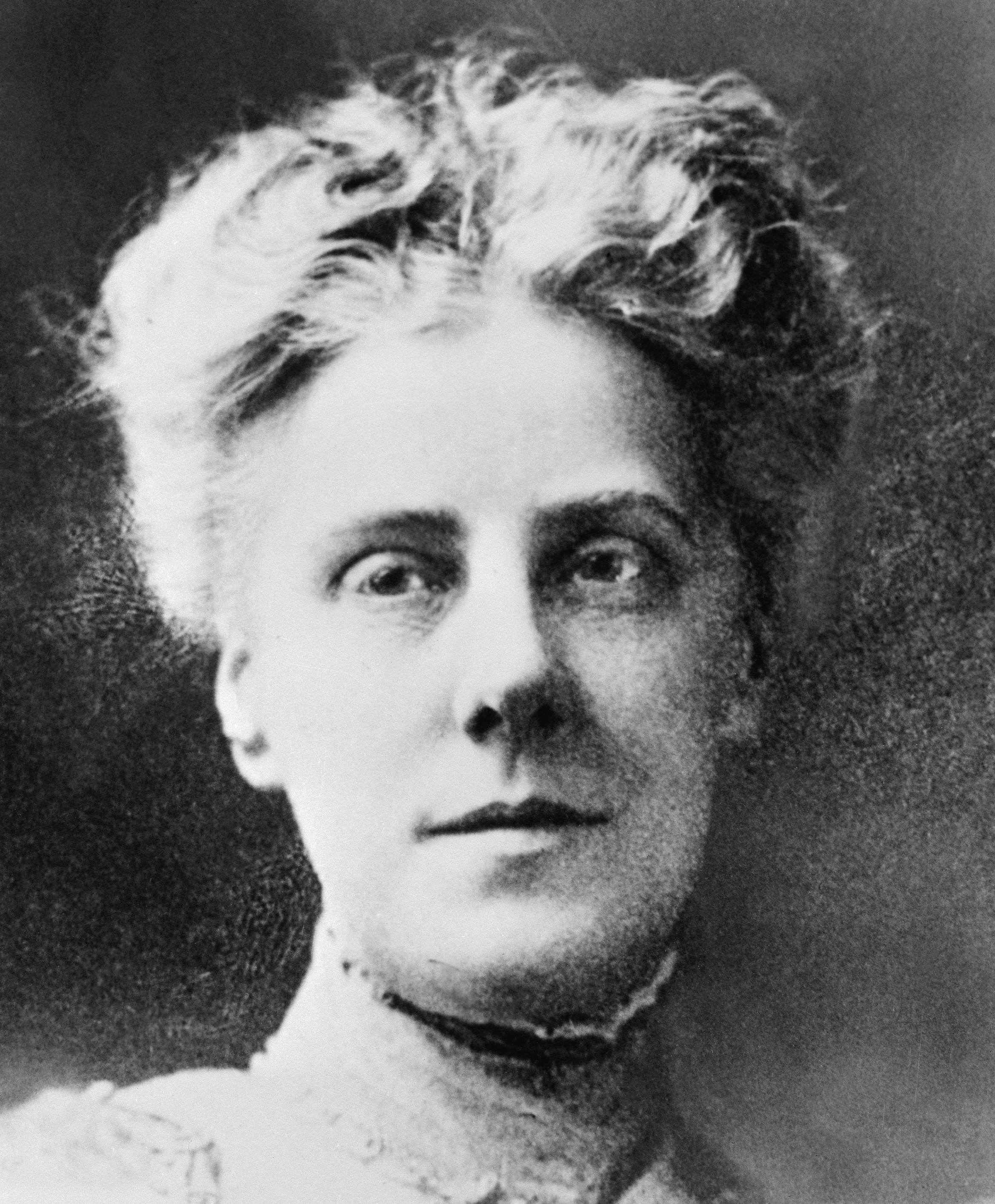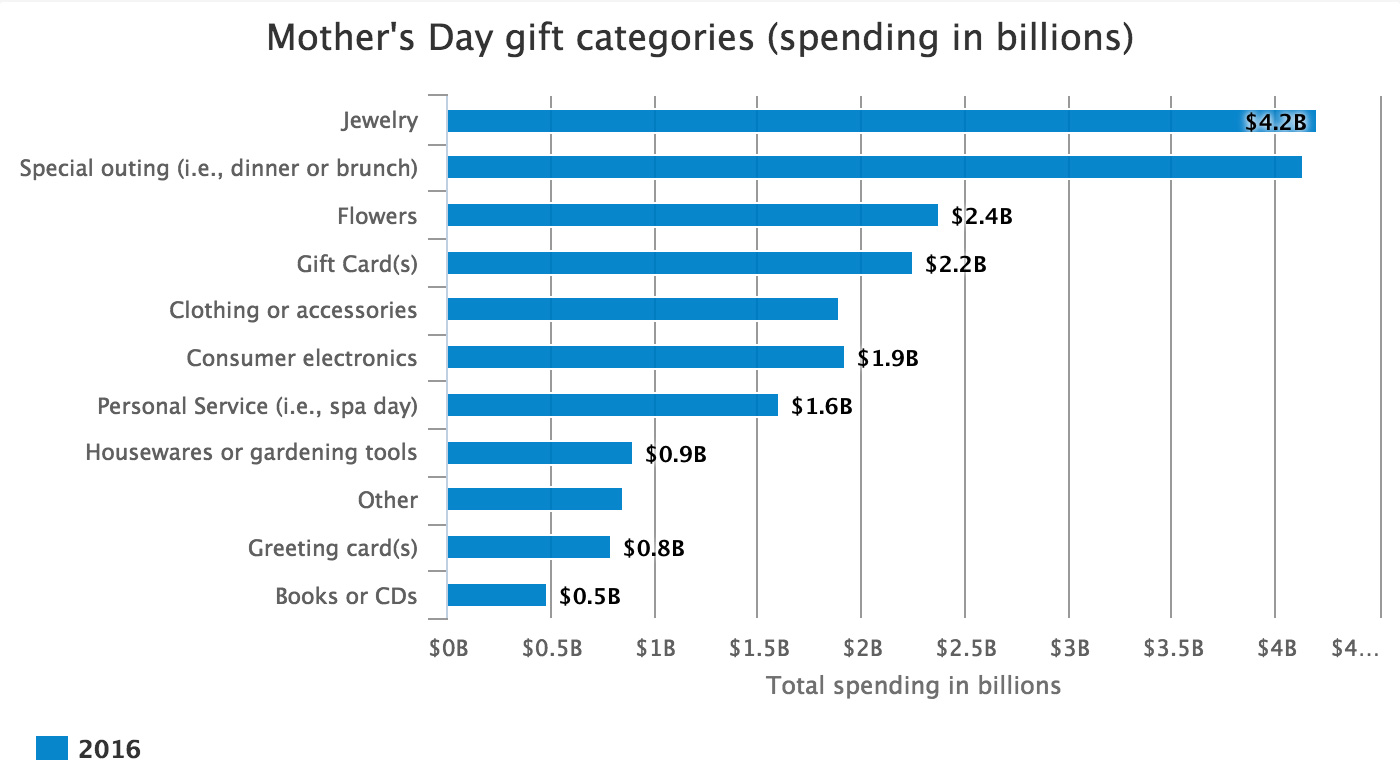But maybe that's that's just my opinion.
Despite her baby kissing, handshaking, hot sauce carrying political campaign, Hillary's running for president though historic, is not the first of it's kind. There were other brave estrogenated souls who made the attempt at becoming leader of the free world. The first of those being,
Victoria Woodhull
The first valiant undertaking by a woman to run for US presidency was in 1872. 34 year old Victoria
Woodhull ran under the Equal Rights Party. Her platform was universal suffrage, political reform, civil rights and social welfare. The irony of her bid for office was that in 1872, the Nineteenth Amendment hadn't yet been passed. Though a woman was running for president, women couldn't vote in presidential elections. Her running mate was none other than abolitionist Frederick Douglas, whom also made history as the first Black person ever nominated for Vice President.
A fierce believer in free love, Victoria hated how society condemned liberated women. Her campaign suffered a fatal blow when she was arrested on obscenity charges for writing an article about an adulterous love affair between a powerful minister, and a parishioner just days before the election. With no votes for her recorded, historians can’t agree on whether her name actually appeared on nationwide ballots or whether she simply received no votes. Yays or nays aside, it was still incredibly daring of her to run.
Gracie Allen
In 1940 Gracie Allen ran under the Surprise Party. Her platform was “Redwood, trimmed with nutty pine.” Her presidential run started as a stunt to generate publicity for her faltering radio show, the The Hinds Honey & Almond Cream Program Starring George Burns & Gracie Allen. During her satirical campaign, Allen used her ditzy persona to poke fun at the political system. The campaign included a mock party convention, a national whistle stop tour, an endorsement from Harvard University and an invitation from Eleanor Roosevelt to speak to the National Women’s Press Club.
“My opponents say they’re going to fight me ’til the cows come home,” she said in a campaign speech. “So, they admit the cows aren’t home. Why aren’t the cows home? Because they don’t like the conditions on the farm. The cows are smart. They’re not coming home ’til there’s a woman in the White House.” Though Allen did receive write-in votes, historians can’t agree on the number.
Shirley Chisholm

In 1972, Brooklyn native Shirley Chisholm ran under the Democratic Party. Her platform was equal rights and economic justice. She had already made history as the first Black woman elected to Congress in 1968, though she admitted that “sometimes I have trouble, myself, believing that I made it this far against the odds.
Chisholm called herself “the candidate of the people,” but struggled for acceptance as a viable candidate. Her motto was "Unbossed and Unbought" as Shirley was staunchly against corruption in politics. Though energetically motivated and promising, her disorganized and underfunded campaign didn’t help her efforts. She was fourth place for the nomination at the Democratic National Convention (she received 152 delegate votes in the Democratic primary) but lost to Governor George McGovern (who in turn lost to Richard Nixon). Though Chisholm was not the first woman to vie for the Democratic nomination, she was the most viable up until that time. Chisholm is still much respected for her political role and appeared on a stamp in 2014.
Linda Jenness
In 1972, presidential hopeful Linda Jenness ran to become the coveted Chief of Staff under the Socialist Workers Party. Her platform was Women’s liberation and no more war in Vietnam. A secretary from Atlanta, Jenness shared the nomination with another female candidate, Evelyn Reed, who ran in her place in states where Jenness did not qualify for the ballot due to her age. At 31, she didn't meet the US Presidency Age for Candidacy requirement of being being at least 35.
Though Jenness repeatedly challenged Democratic nominee George McGovern to a debate, he refused. Jenness predicted her own defeat, declaring that “the Socialists do not fool themselves that they have a chance of winning any major victories this year.” She was right—but she still managed to garner over 83,380 votes despite tepid press and struggles to finance her campaign.
Jill Stein
As recent as 2012, Jill Stein ran under the Green Party. Her platform was Green jobs and environmental protections. As a third-party candidate in a raucous election year, Jill Stein’s 2012 presidential run felt more like an afterthought than a milestone. But in fact, Stein’s presidential candidacy was the most successful ever conducted by a woman up until that time.
A physician who specializes in environmental health, Stein ran for president after two unsuccessful bids for the office of governor of Massachusetts. “People ask me why I keep fighting political battles in a rigged system,” she said in a 2012 speech. “The answer is simple. I keep fighting because when it comes to our children, mothers don’t give up.” Though Stein only managed to grab 0.36 percent of the popular vote (469,015 votes), she never gave up. She is currently running in the 2016 election, and you can visit her campaign page here.
Long before Hillary, American women set their sights on the Oval Office. Whether it was to bolster a radio show, or to fight for their children, women have stood in the presidential race with pride, strength and insight. Not sure why the US is so behind the times when it comes to having a woman in charge. Britain had Margaret Thatcher, Israel had Golda Meir, India had Indira Gandhi, Germany has Angela Merkel. The bonds of patriarchy and male domination run deep and wide on American soil. There's one fact that cancels out any battle of wills when it comes to allowing women to make global political decisions..
Women truly do run the world..
With or without elections.
WTS.
Shirley Chisolm, Presidential Campaign Announcement
When the Rest of the World Elected Their First Women Leaders
Source 1
Source 2
Source 3












